On August 27, 2025, Brazil took a decisive step into the future of television. In a landmark move, President Luiz Inácio Lula da Silva signed a Presidential Decree that officially launches DTV+, also known as TV 3.0, as the country’s next-generation digital broadcasting standard. during the signing ceremony, President Lula stated: “This decree represents our vision for the future of the digital and technological agenda — one based on openness, cooperation, and sovereignty.” This moment marks the culmination of years of innovation, collaboration, and testing – particularly in the field of advanced audio technologies.

At the heart of this transformation is MPEG-H Audio, primarily developed by Fraunhofer IIS, which has been selected as the mandatory audio codec for DTV+. This decision reflects Brazil’s commitment to delivering personalized, immersive, and accessible audio experiences to all viewers.
A Journey of Innovation: MPEG-H Audio in Brazil
Brazil’s engagement with MPEG-H Audio began well before the decree. The codec was recommended for adoption by the SBTVD Forum, Brazil’s technical advisory group for digital TV standards, after extensive evaluations. The independent evaluation process highlighted the audio system’s flexibility, scalability, and user-centric design. It was first introduced during the TV 2.5 pilot phase, where broadcasters and technology partners explored its capabilities in real-world scenarios. MPEG-H Audio impressed with its support for personalized sound, multiple languages, and accessibility features such as dialogue enhancement and audio description. These early trials laid the groundwork for broader adoption.
DTV+: A New Media Landscape
DTV+ is more than just a technical upgrade—it’s a reimagining of what television can be. The new system integrates broadcast and broadband, enabling features like on-demand content, interactive applications, and targeted services. For viewers, this means a seamless experience that combines the richness of traditional broadcasting with the personalization of modern streaming platforms.
MPEG-H Audio plays a central role in this evolution. Its object-based audio architecture allows viewers to adjust sound elements – such as boosting dialogue or selecting a preferred commentator during sports broadcasts – directly from their remote control. This not only enhances the listening experience but also makes content more inclusive.
Fraunhofer IIS: Driving Audio Innovation
Fraunhofer IIS has been a key partner in Brazil’s journey toward DTV+. Through collaborations with broadcasters, manufacturers, and government agencies, Fraunhofer has supported pilot broadcasts, technical workshops, and public demonstrations that showcase the power of MPEG-H Audio. As DTV+ rolls out across the country, starting with cities like Rio de Janeiro, São Paulo, and soon Brasília, MPEG-H Audio will help shape a media environment that is more dynamic, inclusive, and future-ready. Commercial services are planned to launch in time for the Football World Cup 2026, ushering in this new era with a truly special experience for viewers across Brazil.

